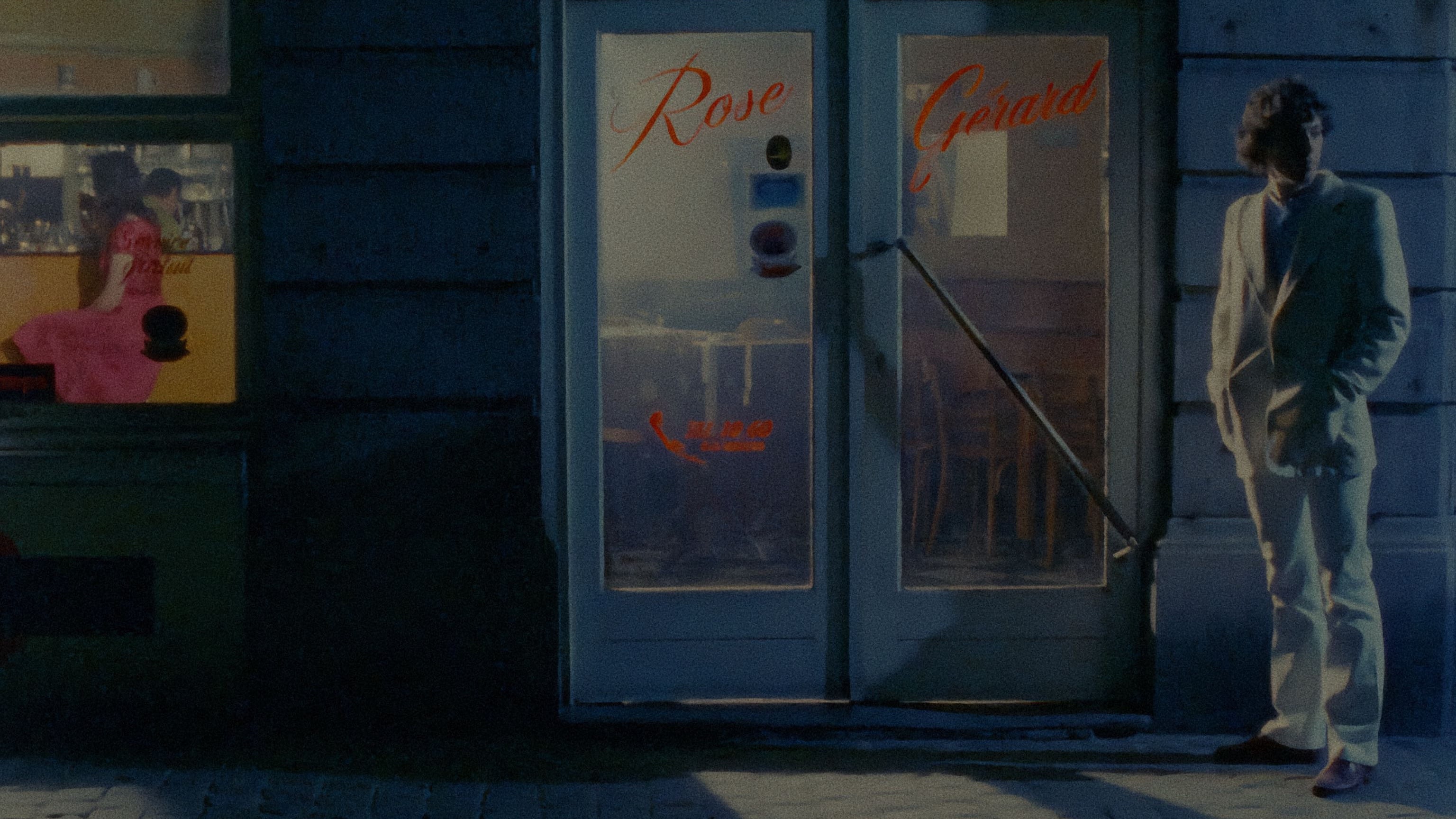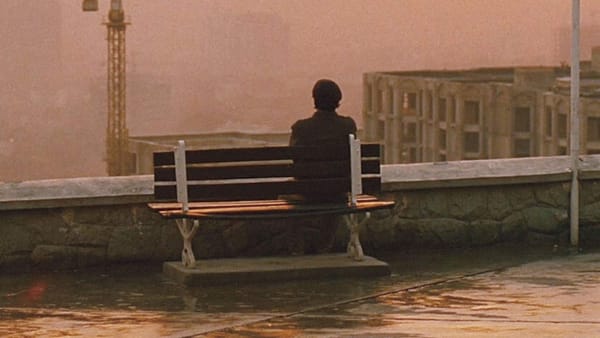Toute Une Nuit
Akerman's Toute Une Nuit displays cinematic mastery, blending romanticism with alienation and desperation, all while exuding charm and glee.

Toute Une Nuit sees Akerman once again take a new step in cinematic language. If her previous works so far have relied on the absolute nature of an image or succession of images, with Toute Une Nuit she realizes images for a broader impressionistic effect. If Akerman’s romantically detailed and lit shots are not interesting enough, she juxtaposes them with a perverted and awkward portrayal of romanticism. Existing at a point of desperation overtaking a genuine romantic pull, this is one of Akerman’s most successful artistic exercises. On the same note, one would be mistaken to see it just as a rigorous exercise. It is also a modest one in how it approaches its structural transition. The brisk night of running, drunken and colliding feet turns to unrest in the interiors, hushed only on surface when one leaves the night behind. Akerman's typical, yet understated interactions, gestures and faces are fuzzed under the influence of the night, further emphasizing the alienation and desperation in a continuum that can fail to sustain itself only when the spaces are depopulated but not when it's dawn. The said continuum is also a respectable private space for Akerman, so the compositions are never constricting. The exits and distant streetlamps always allude to an easy walk-away, regardless of any reciprocation of desire of the figures walking to meet. All this is exemplified with the final dance in a cramped hallway that has an exit on each side for the lovers to get away but instead Akerman finds a little glee in cutting the non-diegetic music and interrupting the couple with a call and traffic outside the window just to get that special endearing note amid the melancholia as they resort to an embrace trying to keep the night young. Toute Une Nuit casts a lovely haze, a nocturne against dawn to swoon over.




